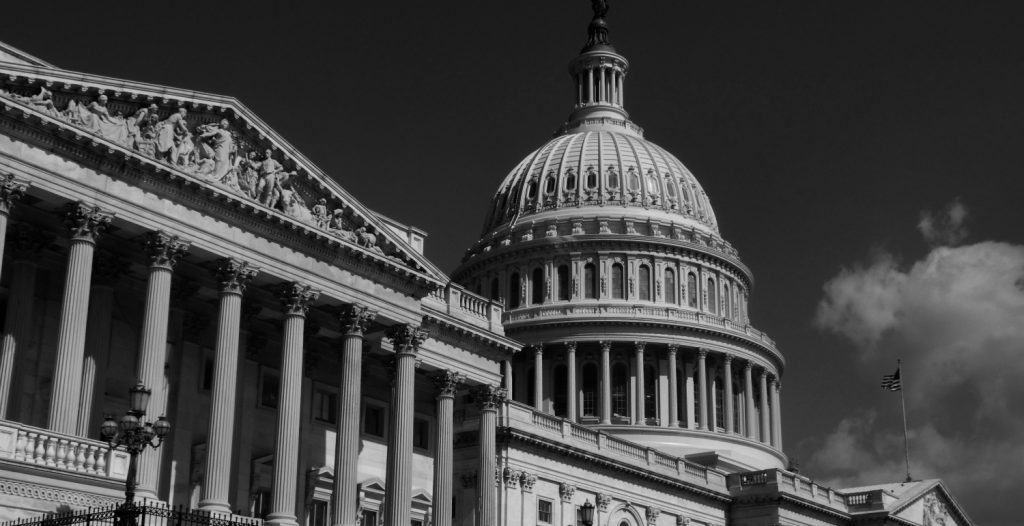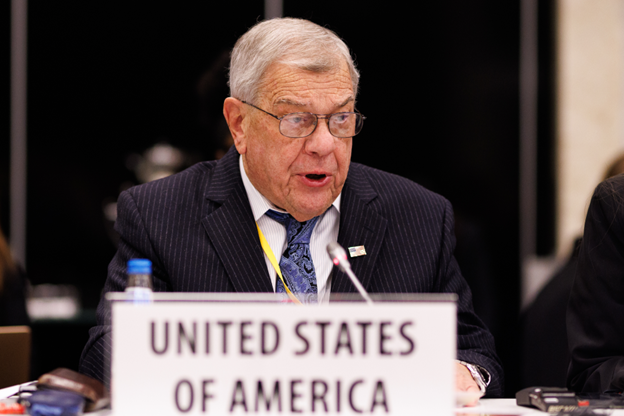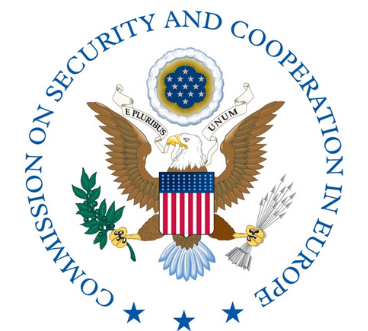The unexpected landslide victory of the East Christian Democratic Union (CDU), a reformed ally of the former Communist regime, indicates the strong East German desire for rapid unification. The CDU and its conservative Alliance for Germany coalition won almost 50 percent of the vote.
This was the first free, multiparty election in the GDR. All parties agreed that there had been no government interference with the campaign. There were no charges of fraud and both the GDR Electoral Commssion and foreign observers testified to the fairness of the election.
The Alliance for Germany has moved quickly to form a coalition government with the 2/3 majority needed to change the Constitution in order to proceed with unification. They have invited the centrist Alliance of Free Democrats, and the Social Democratic Part (SPD) to join them. The FDP has agreed while the SDP is negotiating with the CDD. Among SPD demands are that a future government should immediately recognize the current border with Poland, reaffirm existing ownership rights in the GDR, and promote social welfare and worker participation in corporate decisions.
However, the legacy of 40 years of totalitarian rule is dogging the new government as accusations surface that many of the new legislators collaborated with the secret police (STASI) in the past. Although the GDR cast an unequivocal vote for democracy, unification, and a market economy, the ambiguities of the past may make it difficult for the new leadership to deal with the challenges of the present.





